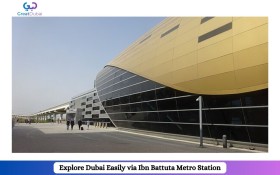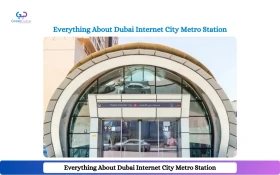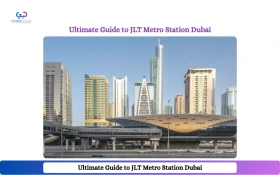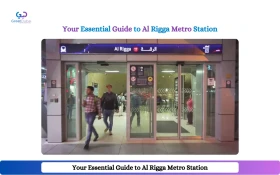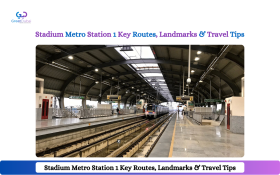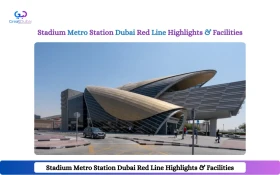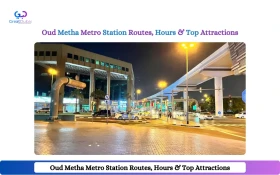Lane discipline is important when driving in Dubai
Roads are used by everyone. However, very few people are aware of the significance of maintaining lane discipline when driving in Dubai. One of the best strategies for guaranteeing traffic flow is the use of road lanes. It's important to maintain lane discipline when driving for the protection of both the other road users and the rented car in Dubai. This post will go over the importance of maintaining lane discipline for all motorists
.Your lane discipline depends on the lane you are in while driving. To go where you're going, you need to be in the right lane. To maintain strict lane discipline, you need to maintain a good road position.
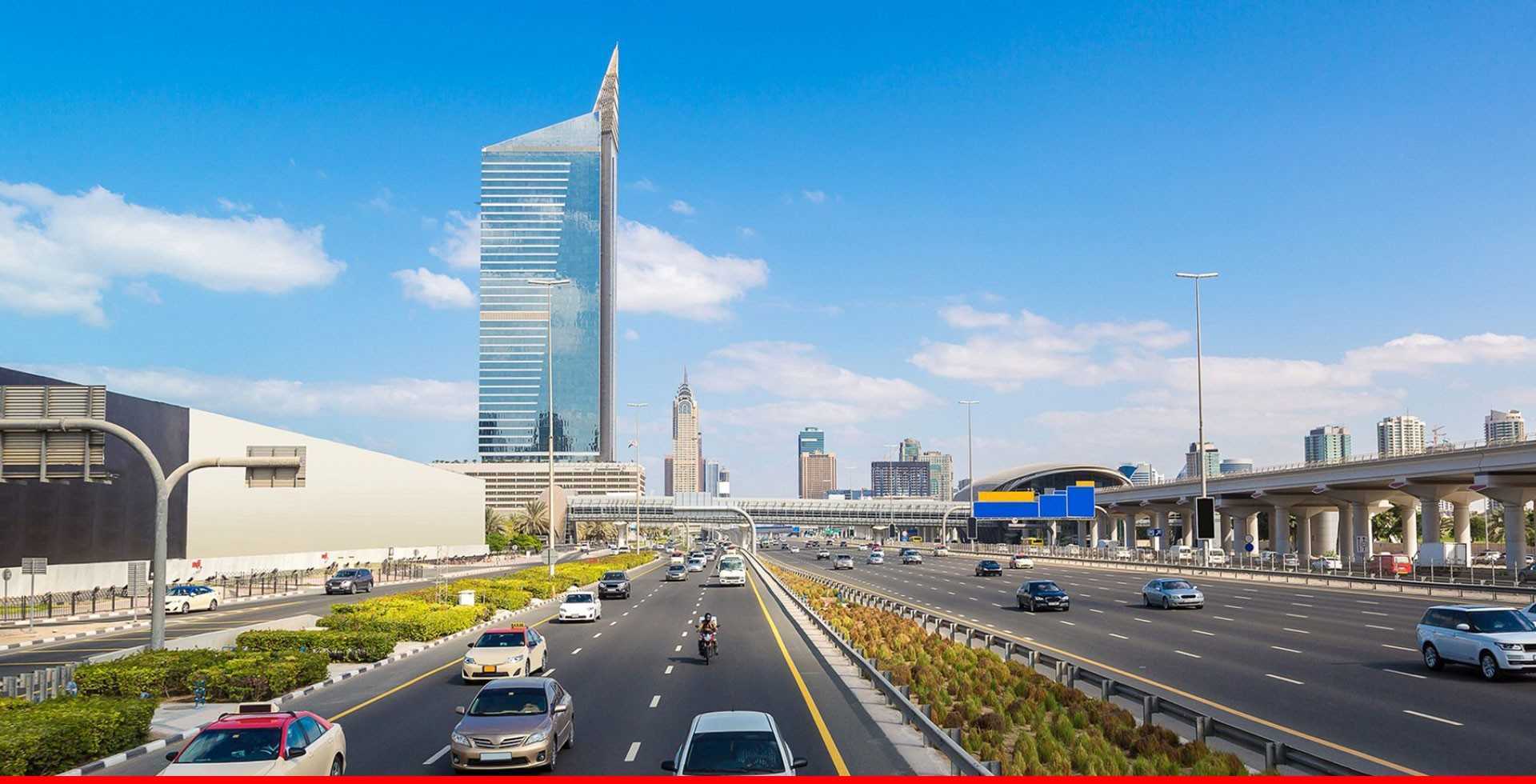
A wise strategy is to stay in the same lane whenever possible.
Which Lane to Use?
The left & right lanes might have always seemed slower and faster to you. If so, get that thought away from your head as quickly as you can! You should always drive in the left lane unless you are making a right turn or there is a sign on the road that says otherwise. You should pass and make a right turn while in the right-hand lane.
Importance of Driving with Lane Discipline:
Together with wearing your seatbelts, staying in your lane is among the most crucial rules to keep in mind. Here are a few justifications for constantly maintaining lane discipline:

Maintains Your Speed Limit Compliance:
You'll note that the speed restrictions in the different lanes on a highway vary. The road's lanes divide traffic into two main categories: fast-moving autos and slow-moving cars. To avoid confusing other commuters, vehicles should overtake on the left side of the road. Additionally, it helps drivers prepare for overtaking traffic coming along the correct side of the road. Slow-moving or large trucks are permitted to use the leftmost lanes as well.
On a six-lane highway, passing cars cross from the right lane while automobiles play with in middle lane and truckers remain in the leftmost lane for this purpose. The implementation of speed restrictions on the road enhances traffic efficiency and increases everyone's safety. To maintain their speed, fast-moving vehicles must remain in their lane. If one kind of vehicle tries to merge into the path of the other, it won't impede traffic and might even cause congestion. Because of this, lane discipline is required of all vehicles in order to maintain a steady stream of traffic.
Reduces the Risk of an Accident
Maintaining lane discipline while driving is crucial to lowering the likelihood of collisions. For whatever reason, collisions between vehicles are less likely to occur when they are traveling in preferred lanes. When a driver changes lanes while traveling, the likelihood of an accident increases.
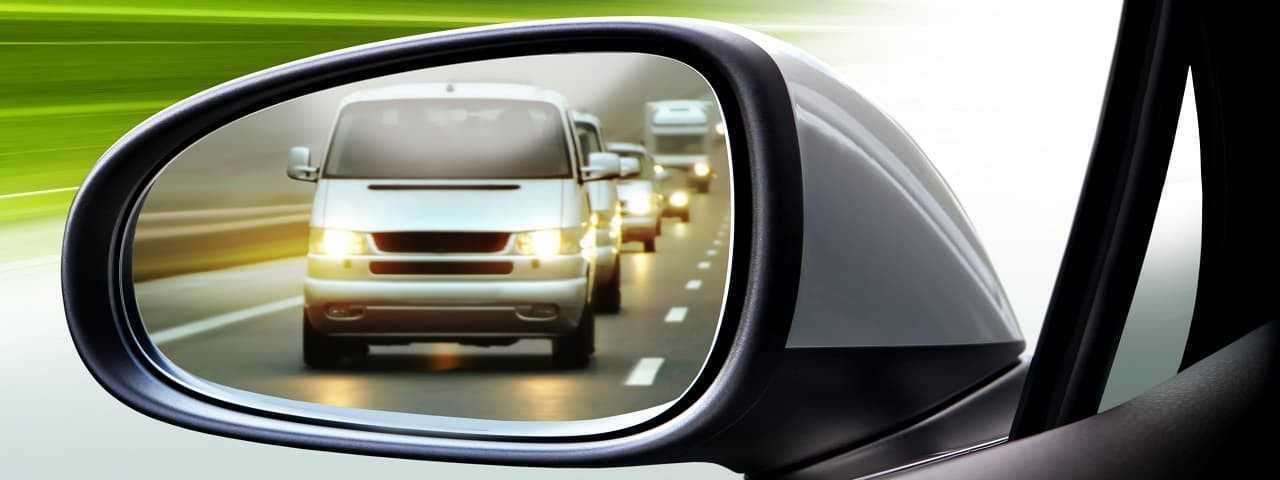
They risk colliding with the vehicle in front of them because it leaves the driver following them uncertain of their next move. Maintaining road rules and only swerving when necessary will help you prevent this. Vehicles that follow lane discipline maintain the lane's speed restriction. Vehicles moving in various lanes maintain a secure parallel distance. If one swerves because of a barrier or hole ahead of it, it can act as a fantastic buffer.
When two cars are moving in their lane and are in opposing directions, there is a parallel space between them. If a motorist loses the power of their vehicle and wants to return before an accident happens, this distance is useful.
Reduces Congestion
The disarray of traffic is one of the main causes of road congestion. The best method for ensuring a smooth traffic flow is to maintain lane discipline. At numerous key locations, lanes help with traffic organization and congestion prevention. The efficient flow is interrupted if a vehicle tries to move between the lanes. It results in an unnecessary traffic jam. By maintaining road rules from the start, you can prevent this. Traffic congestion begins when just one car breaks the rules of lane discipline. A single car out of place could cause a considerable loss of time for numerous individuals.
Therefore, prioritizing road rules when driving may deter people from driving. It can also maintain a more predictable and orderly flow of traffic.
Facilitates Emergency Motion
You've probably seen that there is always space for one additional car to pass across two lanes of traffic. In addition to safety issues, this opening is intended to accommodate emergency vehicles. In the case of traffic gridlock, ambulances, cop cars, & VVIP cavalcades may pass through. Emergency vehicles can safely cross between the two lanes thanks to the space between them. All fire trucks can pass between both two lanes even if you keep enough lane discipline while there is a traffic jam. It may be the distinction between life & death for certain people. On some roads, an emergency vehicle lane is present. If there are no illegal vehicles in that lane, the oncoming car can move over there. If this doesn't occur, it could then need to slow down and follow the vehicle in front of it. If the cars stay in their assigned lanes, this can be prevented.
Make sure the traffic is moving freely:
Roadways in cities typically feature 2 or 3 lanes going in each direction. On a three-lane road, drivers must be in the right-hand lane if they wish to make a right turn. Those going straight ahead ought to be in the center lane, and drivers going left should remain in the left line of traffic. This orderly design might promote faster traffic flow on roads and at crossings. For better flow of traffic, road safety rules in Dubai when driving is essential.
The vehicles could proceed without stopping every several seconds if they stayed in the zone with the speed restriction. The flow of traffic may be hampered by a car in the driving lane that has no intention of turning. Lane discipline is among the most sacred rules of the road. Due to these factors, you must stay in your allotted lane to prevent any unpleasant scenarios. Driving while maintaining proper lane discipline is just as important as using a seat belt or helmet.
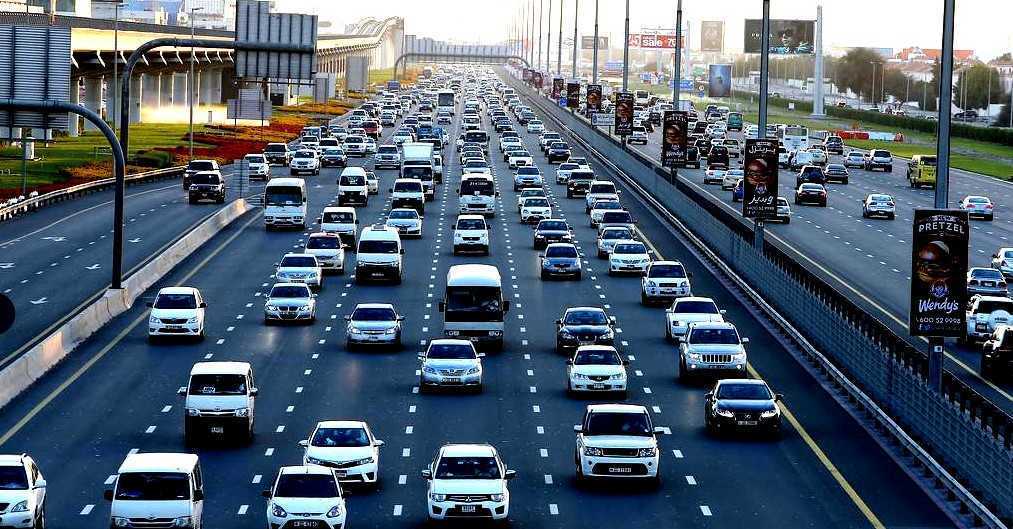

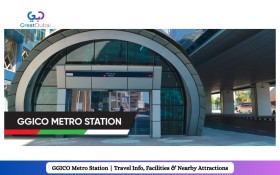
![Top Reasons To Have SEO Plan For Every Dubai Business [2025 Update]](/thumnails/blog/2024/11/1732278589.jpg)



